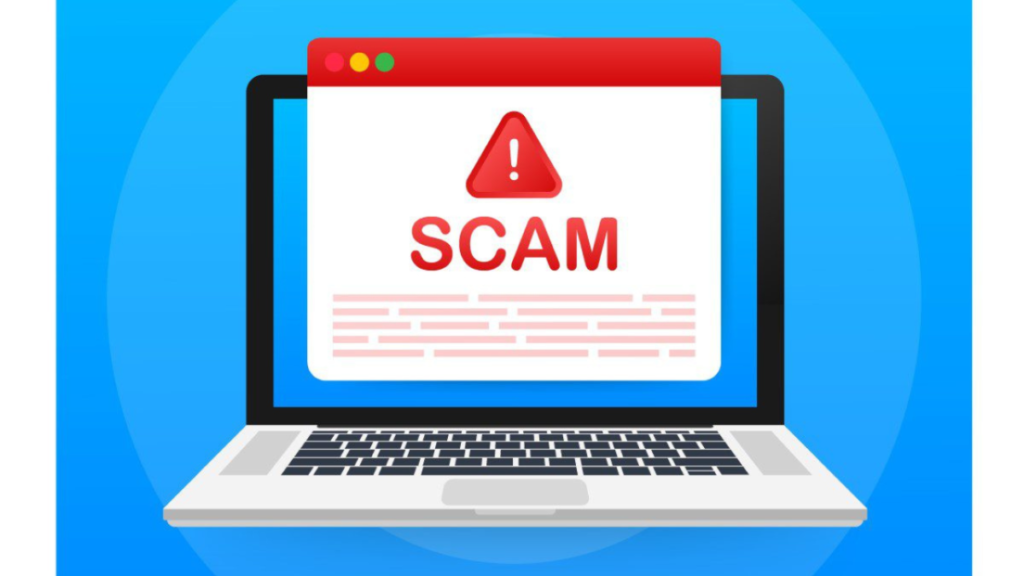1.How to Track Down Someone Who Scammed You: A Step-by-Step Guide
Being scammed is a frustrating and often devastating experience. Whether you lost money to an online purchase scam, a fake investment scheme, or a romance scam, tracking down the scammer can be challenging—but not impossible.
This guide will walk you through effective methods to identify and locate a scammer, report them to authorities, and potentially recover your lost funds.

1. Gather All Available Information
Before taking action, collect as much evidence as possible:
- Screenshots of conversations, transactions, and profiles
- Email addresses and phone numbers used by the person carrying out the scam
- Bank or payment details (e.g., PayPal, Venmo, Zelle, or cryptocurrency wallet addresses)
- Social media profiles (Facebook, Instagram, LinkedIn, etc.)
- IP addresses (if you communicated via email or messaging apps)
The more details you have, the better your chances of tracking them down.
2. Reverse Search Their Contact Information
A) Phone Number Lookup
- Use Truecaller or SpyDialer to see if the number is linked to a name or location.
- Google the number in quotes (e.g., “555-123-4567”) to see if it appears in scam reports.
B) Email Address Investigation
- Paste the email into Google or Have I Been Pwned to check for data breaches.
- Use Hunter.io or EmailSherlock to see if it’s linked to other accounts.
C) Image Reverse Search
If the scammer sent photos:
- Upload them to Google Images or TinEye to check for stolen pictures.
- Search Facebook, LinkedIn, or dating sites to see if the image appears elsewhere.
3. Trace Their Online Footprint

A) Social Media & Username Search
- Search their username on WhatsMyName.app to find profiles across multiple platforms.
- Check Facebook, Instagram, Twitter, and LinkedIn for matching names or details.
B) Domain & Website Investigation
If the scam involves a fake website:
- Use Whois Lookup to find domain registration details.
- Check ScamAdviser or Trustpilot for scam reports.
C) Cryptocurrency Transactions (If Applicable)
If you paid via Bitcoin or Ethereum:
- Enter the wallet address into Blockchain.com Explorer or Etherscan to track transactions.
- Report the address to IC3 (FBI’s Cybercrime Division).
4. Report the Scammer to Authorities

A) Local Law Enforcement
- File a police report with your local department.
- Provide all evidence (transactions, messages, profiles).
B) Cybercrime Agencies
- FBI’s IC3 (U.S.) – www.ic3.gov
- Action Fraud (UK) – www.actionfraud.police.uk
- Scamwatch (Australia) – www.scamwatch.gov.au
C) Financial Institutions & Payment Platforms
- Contact your bank or credit card company to dispute fraudulent charges.
- Report the scammer to PayPal, Venmo, or Cash App for potential refunds.
5. Hire a Professional (If Necessary)
If the scam involves a large sum of money, consider:
- Private Investigators (licensed professionals who track scammers)
- Cyber Investigation Firms (e.g., Digital Forensics Corp)
- Lawyers specializing in fraud cases
- This also where we come in. We are professionals in handling fraud cases and we have a 98% recovery success. You should try cyberquantumx now

6. Protect Yourself from Future Scams
- Never send money to strangers without verifying their identity.
- Use escrow services for high-value transactions.
- Enable two-factor authentication (2FA) on all accounts.
- Educate yourself on common scams (e.g., phishing, fake checks, romance scams).
Final Thoughts
Tracking down a scammer takes persistence, but with the right tools and reporting methods, you can increase your chances of holding them accountable. Always prioritize your safety and avoid confronting scammers directly—let law enforcement handle legal actions.
If you’ve been scammed, act quickly—the sooner you report it, the better your chances of recovery.
Did you find this guide helpful? Share your experience in the comments below or contact us for further help and we would be glad to help.








